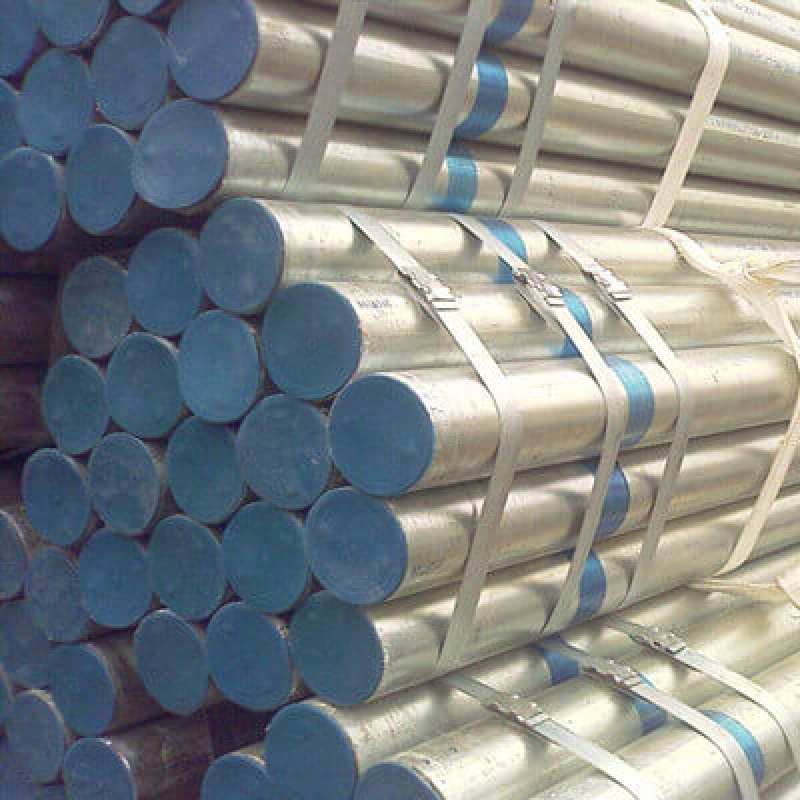-
Cangzhou Yulong Steel Co., Ltd.
-
Phone:
+86 13303177267 -
Email:
admin@ylsteelfittings.com
- English
- Arabic
- Italian
- Spanish
- Portuguese
- German
- kazakh
- Persian
- Greek
- French
- Russian
- Polish
- Thai
- Indonesian
- Vietnamese
- Zulu
- Korean
- Uzbek
- Hindi
- Serbian
- Malay
- Ukrainian
- Gujarati
- Haitian Creole
- hausa
- hawaiian
- Hebrew
- Miao
- Hungarian
- Icelandic
- igbo
- irish
- Japanese
- Javanese
- Kannada
- Khmer
- Rwandese
- Afrikaans
- Albanian
- Amharic
- Armenian
- Azerbaijani
- Basque
- Belarusian
- Bengali
- Bosnian
- Bulgarian
- Catalan
- Cebuano
- China
- China (Taiwan)
- Corsican
- Croatian
- Czech
- Danish
- Esperanto
- Estonian
- Finnish
- Frisian
- Galician
- Georgian
- Kurdish
- Kyrgyz
- Lao
- Latin
- Latvian
- Lithuanian
- Luxembourgish
- Macedonian
- Malgashi
- Malayalam
- Maltese
- Maori
- Marathi
- Mongolian
- Myanmar
- Nepali
- Norwegian
- Norwegian
- Occitan
- Pashto
- Dutch
- Punjabi
- Romanian
- Samoan
- Scottish Gaelic
- Sesotho
- Shona
- Sindhi
- Sinhala
- Slovak
- Slovenian
- Somali
- Sundanese
- Swahili
- Swedish
- Tagalog
- Tajik
- Tamil
- Tatar
- Telugu
- Turkish
- Turkmen
- Urdu
- Uighur
- Welsh
- Bantu
- Yiddish
- Yoruba

Dec . 13, 2024 19:33 Back to list
Techniques for Joining Two Pipes Through Welding Methods and Best Practices
Welding Two Pipes Together A Comprehensive Guide
Welding is an essential technique used in various industries, including construction, manufacturing, and automotive sectors. One of the most common applications of welding is in joining pipes together. This process not only provides structural integrity but also ensures the flow of fluids or gases without leaks. In this article, we will explore the fundamentals of welding two pipes together, the techniques involved, and the factors that influence the quality of the weld.
Understanding the Basics of Pipe Welding
Welding is the process of joining two materials, usually metals, by melting them together and allowing them to cool and solidify. In pipe welding, this process can vary slightly based on the type and size of pipes involved, the materials used, and the environment in which the welding takes place.
Before beginning the welding process, it is crucial to ensure that the pipes are clean and free from contaminants. Dirt, oil, and rust can significantly compromise the quality of the weld. Common methods for cleaning pipes include mechanical grinding, sanding, and chemical cleaning.
Types of Welding Techniques
There are several welding techniques used for joining pipes, each with its advantages and specific applications
1. MIG Welding (Metal Inert Gas) This process involves continuously feeding a filler wire into the weld pool while using a shielding gas to protect the weld from contaminants. MIG welding is often preferred for its speed and ease of use, making it suitable for thin-walled pipes.
2. TIG Welding (Tungsten Inert Gas) TIG welding uses a non-consumable tungsten electrode to create the weld. This method is known for its precision and high-quality welds, making it ideal for thinner materials and critical applications where weld integrity is paramount.
3. Stick Welding (SMAW - Shielded Metal Arc Welding) In this method, a consumable electrode rod is used to create the weld. Stick welding is versatile and can be performed in various environments, although it requires more skill to master compared to MIG or TIG.
weld two pipes together

4. Flux-Cored Arc Welding (FCAW) This technique is similar to MIG welding but uses a tube filled with flux as the filler material. It provides better penetration for thicker materials and can be used in outdoor settings where wind may affect shielding gases.
Key Considerations in Pipe Welding
When welding two pipes together, several factors must be considered to ensure a strong, leak-proof joint
- Pipe Material Different materials, such as carbon steel, stainless steel, or aluminum, require specific welding techniques and filler materials. It is essential to match the filler material with the base materials for optimal results.
- Pipe Thickness Thicker pipes may require more robust welding techniques and preheating to ensure proper fusion. This prevents issues such as warping or cracking during the cooling process.
- Alignment and Fit-Up Proper alignment and fit-up of the pipes are crucial. Gaps between the pipes can lead to weak welds, while excessive pressure can cause distortion. Using clamps or fixtures can help maintain alignment during the welding process.
- Welding Environment The environment in which welding takes place can impact the quality of the weld. Factors such as humidity, temperature, and wind can affect the weld pool and the effectiveness of shielding gases.
Conclusion
Welding two pipes together is a skill that requires precision, knowledge, and practice. By understanding the different welding techniques available and the factors that influence weld quality, welders can create strong, durable connections suitable for a variety of applications. With the right preparation, tools, and expertise, achieving a successful pipe weld becomes a straightforward process, contributing to the efficiency and reliability of pipelines in countless infrastructure projects.
Latest news
-
ANSI 150P SS304 SO FLANGE
NewsFeb.14,2025
-
ASTM A333GR6 STEEL PIPE
NewsJan.20,2025
-
ANSI B16.5 WELDING NECK FLANGE
NewsJan.15,2026
-
ANSI B16.5 SLIP-ON FLANGE
NewsApr.19,2024
-
SABS 1123 FLANGE
NewsJan.15,2025
-
DIN86044 PLATE FLANGE
NewsApr.19,2024
-
DIN2527 BLIND FLANGE
NewsApr.12,2024
-
JIS B2311 Butt-Welding Fittings LR/SR 45°/90° /180°Seamless/Weld
NewsApr.23,2024











